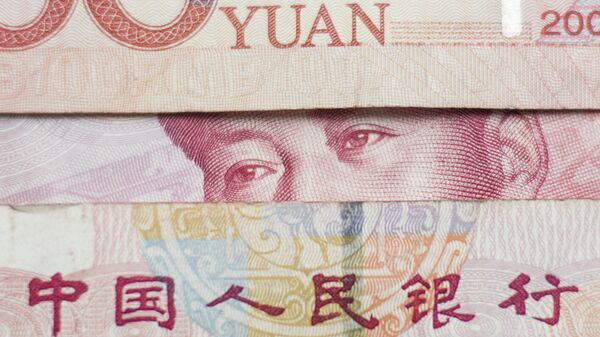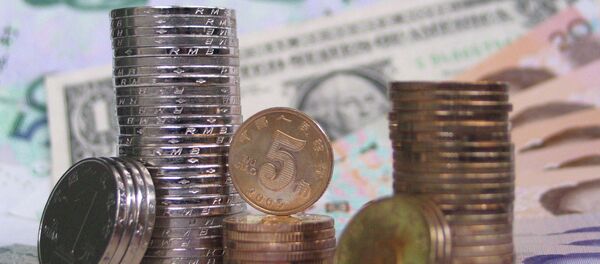On September 11, the yuan's central parity rate strengthened to break through the psychologically important 6.5 barrier against the US dollar for the first time since May 2016, up 6.5 percent so far this year. Many who had shorted the currency experienced heavy losses.
In earlier debates about the trend of the yuan's exchange rate, I always asserted that there was no need and little possibility for a significant one-time devaluation. Now devaluation expectations have eased, thus reducing relevant policy concerns. For instance, the central bank recently lowered the foreign exchange risk reserve ratio to zero and scrapped the reserve for offshore yuan deposits in China at foreign institutions.
Looking at the most recent debate, I couldn't help but wonder why most of the experienced market participants and even hedge funds had made erroneous forecasts about the yuan's exchange rate and why. Here are the five main reasons.
For example, the exchange rate reform in August 2015 happened when the inclusion of the yuan into the IMF's Special Drawing Rights basket was at a critical assessment moment, and it was also a time when the US Federal Reserve began hiking interest rates, which drew capital to the US.
However, the central question is whether the judgment about the trend of the dollar is correct. As I have written previously, the US Dollar Index has reached an eight-year high. In addition, cyclical factors such as the US economic environment and slow structural transformation, indicate that a strong dollar cannot be sustained. As early as the beginning of 2016, the US dollar was already weakening, but two black swan events (the UK's Brexit vote and Donald Trump's victory in the US presidential election) sent that trend into reverse. With no such black swans this year, it is not surprising to see the dollar back to the bearish trend. In this sense, the yuan's depreciation pressure will be greatly eased this year.
Second, the underestimation of China's economic recovery. In addition to the sluggish US dollar as well as capital control measures introduced months ago, China's steady economic rebound has contributed to the relatively stellar appreciation of the yuan in recent days.
The country's economy grew by 6.9 percent year-on-year in the first and second quarters of this year, ending the quarterly decline trend that started at the end of 2014. Thanks to better economic fundamentals, the yuan has strengthened faster than expected.
Fourth, the overly pessimistic evaluation of the European economy. When exchanging views with domestic scholars and investors over the past few years, I found that domestic investors were generally bullish about the US economy, believing that it was on a steady recovery track, while most of them were not optimistic about the European economy.
In my opinion, the optimism, which was in some cases excessive, about the US economy has already been fully reflected in the market, but there are still bright spots in the European economy. This year, the recovery of the European economy has been across the board, with politics also moving in a positive direction. The euro has strengthened by as much as 15 percent against the US dollar, far beyond market expectations.
Such claims are obviously wrong because these assets are deducted from the foreign exchange reserves data. But they caused a lot of panic at that time.
As such, it is not easy for the yuan to throw off expectations of further depreciation expectation and stabilize this year. Reflecting on the views and arguments of recent years, especially correcting some short-sellers' views, helps us better understand the outlook for the yuan.
The currency will probably remain stable, moving in a range between 6.3 and 6.7 against the US dollar by the end of this year.
This article, written by Shen Jianguang, was originally published in the Global Times.






